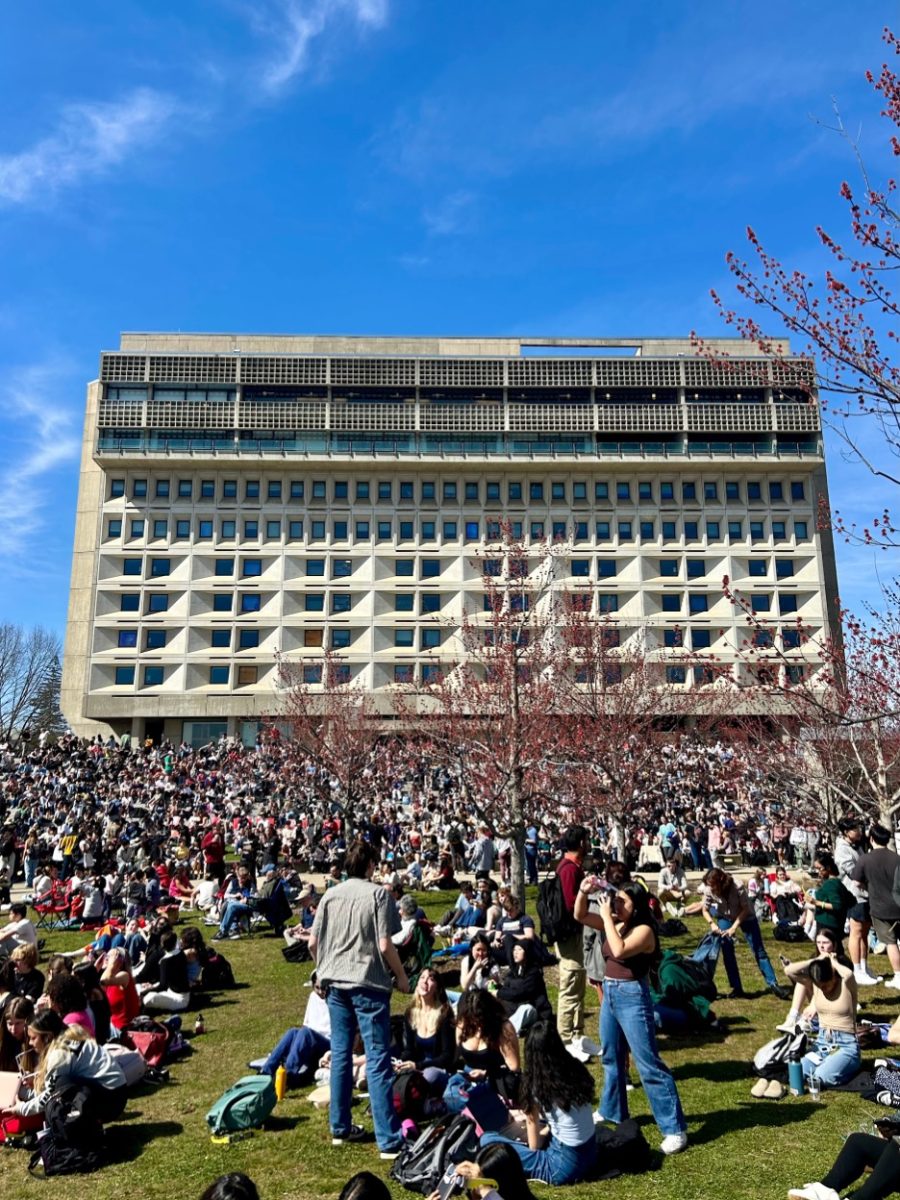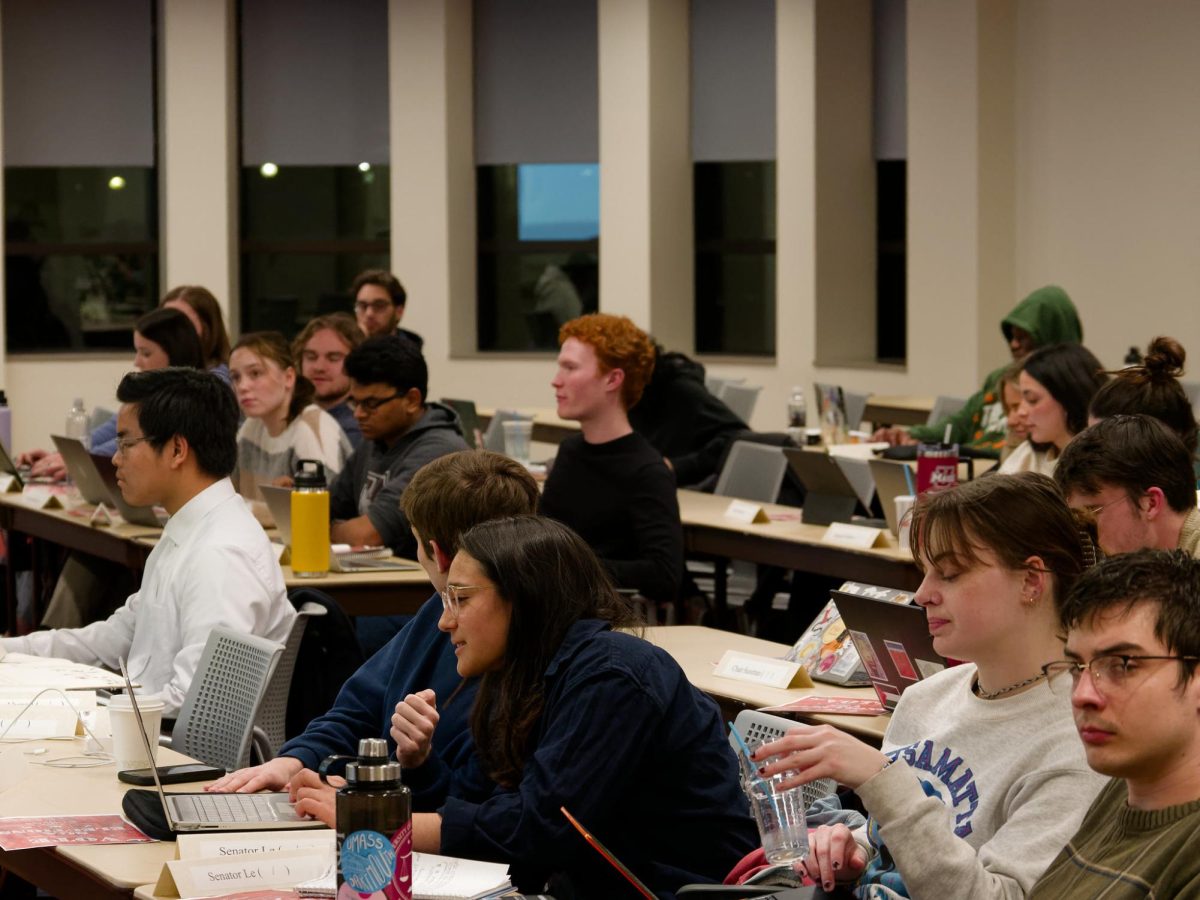Deep beneath the surface, embedded in the earth’s crust, lies an untapped energy source both climate friendly and inexhaustible.
According to the National Renewable Energy Laboratory (NREL) at the Department of Energy (DOE), this energy source has the potential to reduce electricity costs by 25 to 50 percent where it is found.
This form of geothermal energy, also known as enhanced geothermal systems, is contained within deposits of granite rock and could power homes and public buildings on a local scale.
Two scientists at the University of Massachusetts are helping to bring this emerging energy source to the forefront of green energy research. The researchers, Stephen Mabee and John Michael Rhodes, are collecting samples from across Massachusetts and Connecticut in order to construct a map of the geothermal energy potential of these regions. Using this map, organizations looking to install these systems in the future will know the areas which stand to release the most energy.
Mabee, a senior lecturer in the Department of Geosciences and the state geologist for Massachusetts, said he feels geothermal will emerge as “the alternative energy of the future.”
“I want to position Massachusetts as a key state for drilling when the technology becomes available,” said Mabee.
As part of the American Recovery and Reinvestment Act (ARRA) of 2009, the DOE was authorized to give the American Association of State Geologists (AASG) $22.5 million to compile information on the geothermal potential of the states. Massachusetts and Connecticut were awarded $440,000 of this money.
As Rhodes, a professor in the geological science department at UMass studying volcanoes, explained, the money was originally allotted to compile already existing geothermal data. The only problem was that “New England has almost no geothermal information gathered because no one has thought of it before,” said Rhodes. As a result, the DOE allowed the two scientists to use the money to collect their own samples instead.
Working with Mabee and Rhodes is the state geologist from Connecticut, Margaret Thomas. Chris Koteas, a postdoctoral fellow at UMass, is also contributing to the work. Two undergraduate students from the department of geological sciences are also assisting with the sampling and testing.
“We have started sampling all over Massachusetts and Connecticut,” said Mabee. In particular, “We are going to sample on both sides of the Narragansett and Connecticut valleys.”
The scientists are interested in granite because it reaches high temperatures at relatively low depths. This allows shallower holes to be bored than if geothermal energy were to be harvested from other types of rock.
According to Rhodes, there are two conditions which cause granite to become hot at shallow depths.
“We are looking for granites that contain the most potassium, thorium, and uranium because these elements undergo radioactive decay,” he said. This natural decay creates heat.
The second condition is whether or not the granite is covered by a large section of sedimentary rock.
“If you have granite covered by a thick layer of sedimentary rock, and the sedimentary rock is a poor thermal conductor, it’s like putting a blanket over the granite,” said Rhodes.
According to Mabee, this source of energy is essentially endless. If the deposit being harvested were overused, it would become too cold to supply energy. However, if it is not used for a period of time, the heat from the lower regions of the earth will eventually replenish it.
Though this technology is not yet prominent in the United States, pioneering systems in Australia and England are being developed.
These systems work by boring a hole into the granite deposit. Another hole is then drilled next to the first one, creating a reservoir in the rock. Liquid is pumped down one hole, heated by the rock, and then pumped back up the other, where steam energy is used to power a turbine generator. After the steam is used to create electricity by the generator, hot water is left over which can be used to heat homes and other buildings.
One negative side effect of this process is its potential to start small earthquakes around drill sites. According to Mabee, these earthquakes are a result of a process called hydraulic fracturing (hydrofracking), which makes the rocks surrounding the reservoir more porous.
Rhodes explained that this is a necessary action because in order to replenish its heat in a timely manner, the rock has to have space for water to move through. This is because rocks are much worse at conducting heat than water.
“At these depths, these rocks are not very porous,” said Rhodes.
“You have got to have cracks in the rock that the water can flow through so that you have a lot of surface area between the water and the hot rock you’re pumping through,” said Rhodes. “It’s like trying to build a radiator underground,” he said.
The earthquakes caused by hydrofracking tend to be small – usually measuring between one and two on the Richter scale. Although these seismic events are barely felt by humans, they give hydrofracking a bad name because they often frighten local residents.
A company called Alta Rock Energy experienced problems with this in 2006 during similar work in Switzerland. They were hydrofracking in an industrial area and set off a chain of small earthquakes that eventually spelled the end of the project.
According to Mabee, new technology is being developed which could eliminate the need for hydrofracking. This solid-state technology would put a web of metal pipes into the ground to act as heat wicks. This heat would then dissipate to the surface.
“It’s a little bit like an old fashioned TV antenna upside down in the ground,” said Rhodes.
The two scientists are just beginning their research, and they recognize that homes powered by enhanced geothermal systems in the U.S. would be in the distant future. Despite this, they are optimistic about the technology.
“The beauty of this form of energy is that you don’t need volcanoes or geysers,” said Rhodes. “In theory, you could do this anywhere, you just have to go deep enough,” he said.
“Unlike wind and solar, it’s available 24/7, and it has a very small carbon footprint. It will not intrude into the landscape because the power plants would be small-scale. No toxic waste will be produced, and it helps to counteract global warming by reducing our dependence on fossil fuels,” said Rhodes.
Zachary Weishar can be reached at [email protected].












